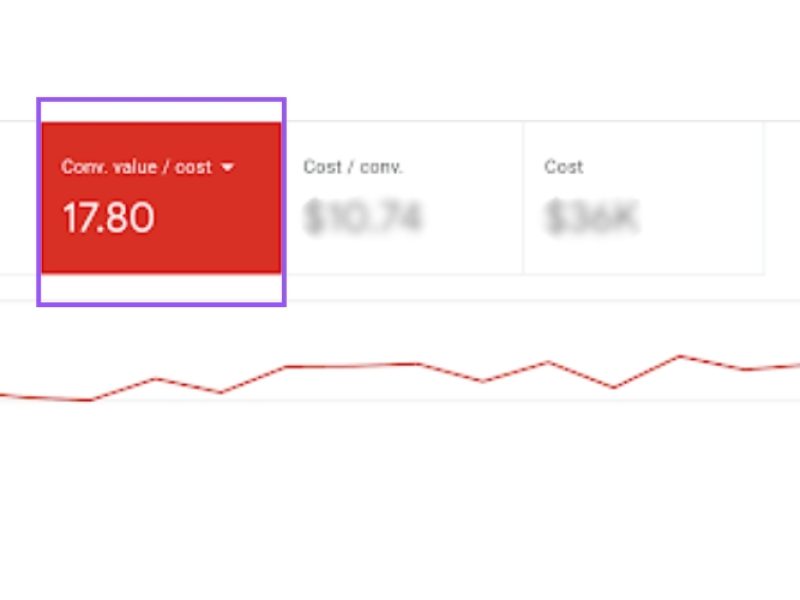It may surprise you to learn that more than US$100 billion of Google’s revenue comes from AdWords. The ability to bring in billions of people every single day means that pay per click marketing is quickly becoming an essential marketing strategy for every business.
Therefore, it tells you it is an effective marketing tool, however, you need to be sure that you are not being taken advantage of by your competitors or the ads have been hijacked by someone else.
With so many businesses using pay per click advertising, and with money constantly changing hands, it has attracted an increasing number of fraudsters to the industry.
You also may like: Will Google AdWords Help My Business?
But firstly, let’s recap on what Google Adwords does.
How does AdWords work?
When you use Google to search for anything from financial information to local weather, you’re given a list of search results generated by Google’s algorithm. The algorithm attempts to provide the most relevant results for your query, and, along with these results, you may find related suggested pages from an AdWords advertiser.
AdWords advertisements integration touches almost all of Google’s web properties. Any recommended websites you see when logged into Gmail, YouTube, Google Maps, and other Google sites are generated through the AdWords platform.
To gain the top spot in Google advertisements, advertisers have to outbid each other. Higher bids move up the list while low bids may not even be displayed.
Advertisers pay Google each time a visitor clicks on an advertisement.
What is Click Fraud?
Click fraud is a technique of falsely inflating the number of clicks on a pay-per-click ad. Click fraud is usually driven by one of two incentives:
- Advertisers are trying to sabotage their competitors by driving up their costs and hitting their budget early on in the day
- Ad publishers are clicking on the ads displayed on their own sites to generate more revenue for themselves.
What is Google doing?
Google has created the most robust anti-click fraud program. Their system of detection uses a three-pronged approach that starts with automated filters.
Advanced algorithms detect and filter out invalid clicks in real time before advertisers are even charged. Since these filters cannot be relied on to catch all fraudulent clicks, Google’s ad traffic quality team also conducts manual, offline analysis and removes any clicks that they deem invalid before advertisers are charged.
Aside from these proactive measures, Google also launches investigations based on advertisers’ reports of suspicious activity. Anytime malicious clicks are detected, they are labelled as invalid and credits are issued to the account.
How can I stop click fraud?
Firstly, contact us here at AIA, as we specialise in ensuring that your Google AdWords campaign is effective, targeted and free of ad fraud.
Here are fourtips to protect yourselfand your company:
- Turn to Facebook/Twitter ads: The great thing about utilising these platforms is that your ads will only show on these platforms —meaning there are no third-party publishers involved in the process. This cuts out a significant source of click fraud. But what about malicious competitors’ clicks? Actually, this version of click fraud is also less prevalent on paid social networks because their advanced targeting options are so specific. Since ad placement is based on a keyword search, it’s much more difficult for competitors to find your ads.
- Set up IP exclusions in AdWords: If you’ve done your due diligence and identified the IP address associated with fraudulent clicks, you can block your ad from being served to that IP in the future. To set up an exclusion, all you need to do is head to the settings tab and scroll down to the IP exclusions setting. From there, you just need to plug in the offending addresses and you’ll be good to go.
- Run remarketing campaigns: If you’re concerned about publisher-based click fraud, this is the way to go. It is easily avoided with remarketing because ads are only displayed to those who have visited and displayed interest in the advertiser’s website. There’s no risk of publishers clicking on the ads, because they can’t see them.
- Adjust your ad targeting: Sometimes all it takes is a small tweak to your targeting to weed out invalid clicks. If you suspect click fraud is coming from a specific geographic region (oftentimes “click farms” are based in poorer countries with low labour rates), it may be worthwhile to exclude these locations and their respective languages. Or, if you suspect that a competitor is committing click fraud, you can exclude their postcode, city, etc. One caveat to be mindful of here is that it is critical that you are not eliminating good traffic as you do this. Only set these exclusions if you truly believe that the majority of the clicks generated in these areas are fraudulent.
We Can Help
AIA are Internet marketing specialists who can help make your Google AdWords campaign a success that will see the bottom line of your businesses boom. We have the experience, knowledge, skill and desire to make sure you achieve your business goal through using Google Adwords. So, contact us today to see what you can achieve with Google Adwords.
See Our Case Studies Here:
https://aiad.com.au/case-studies/





